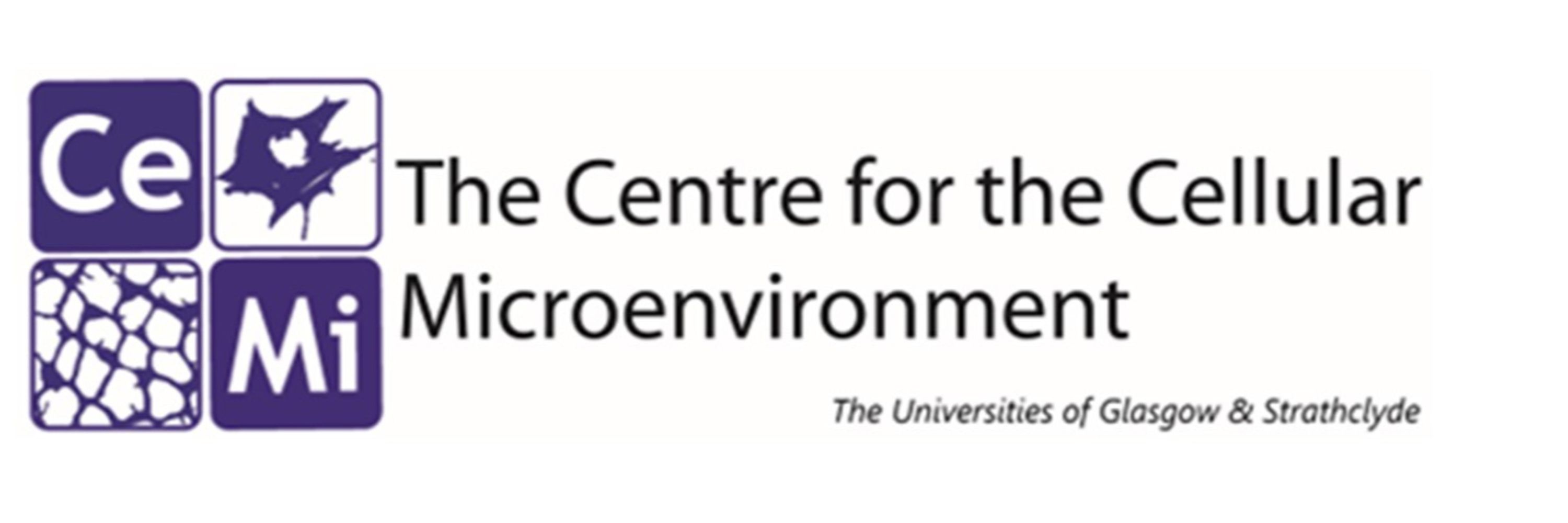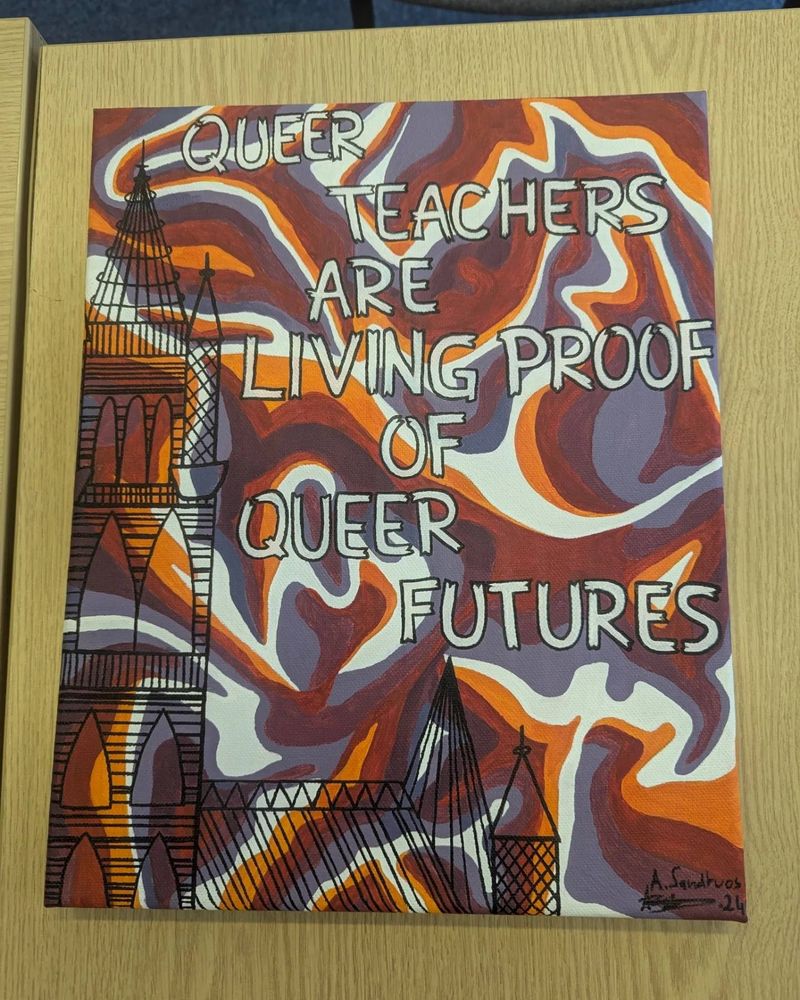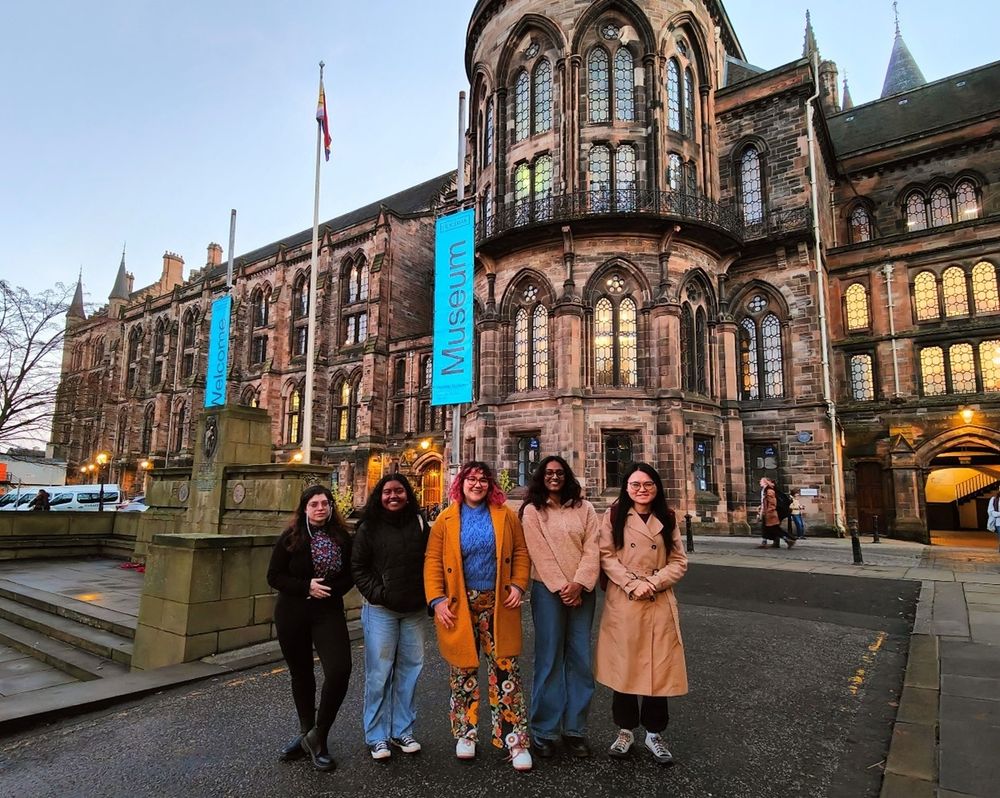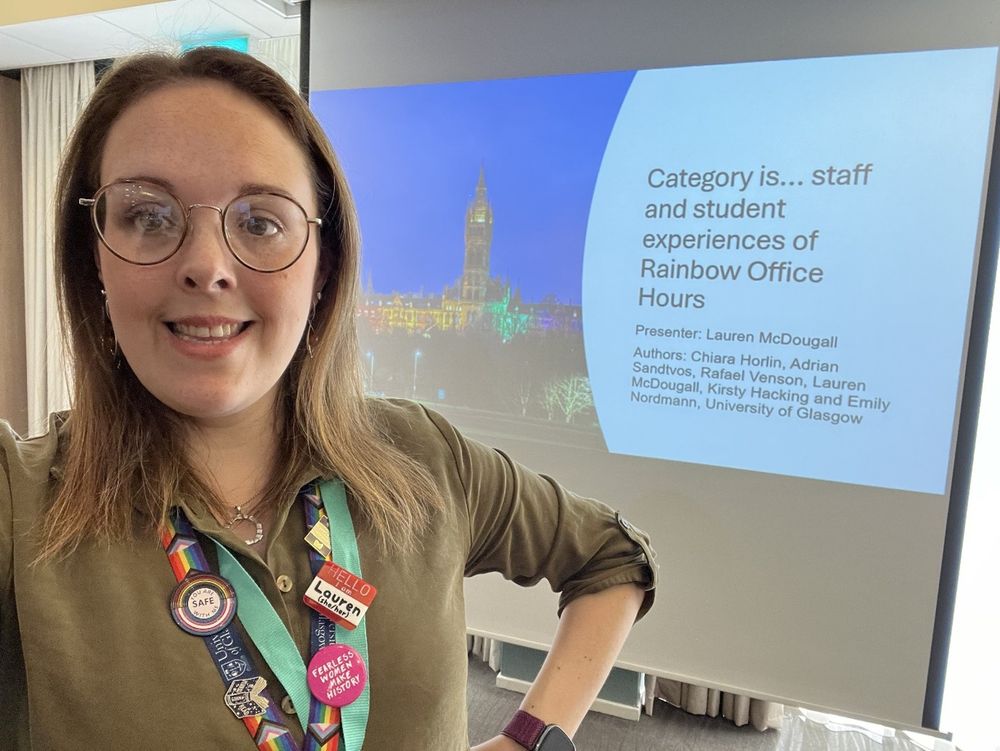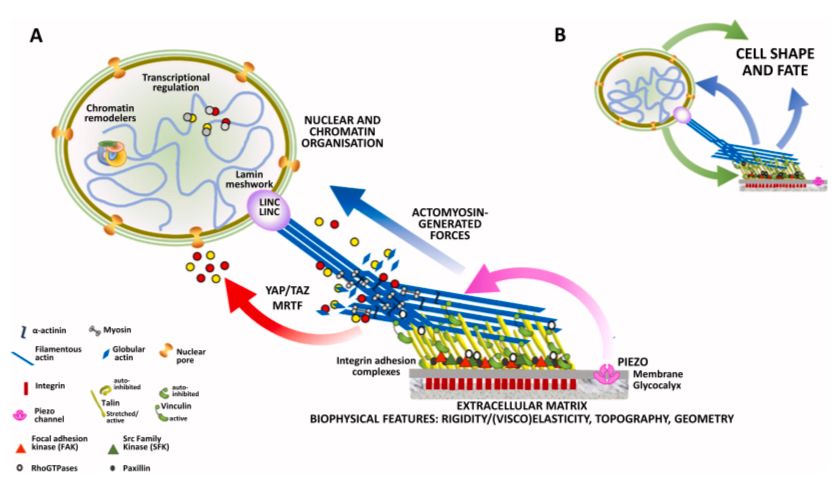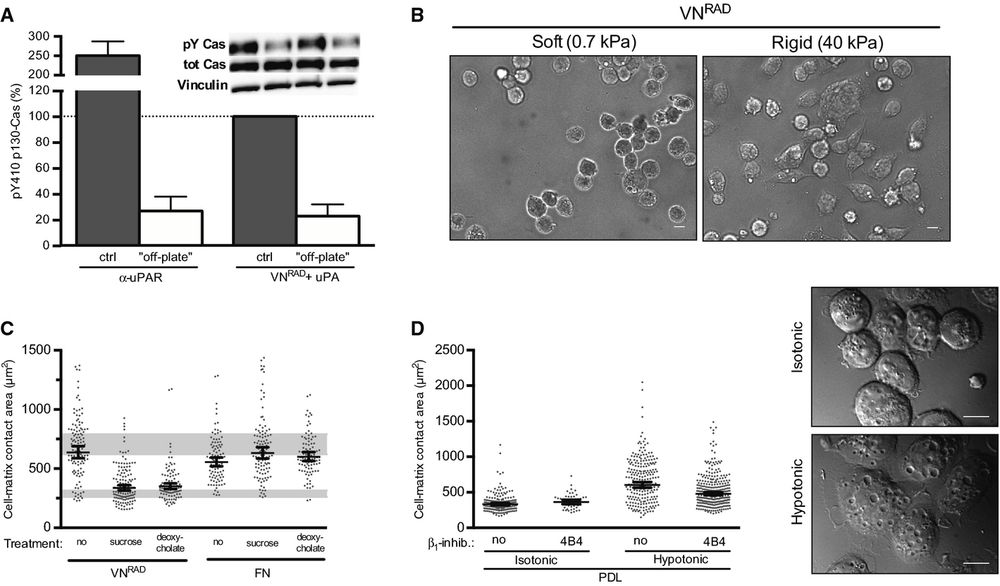Centre for the Cellular Microenvironment
@theglasgowcemi.bsky.social
1.7K followers
2K following
92 posts
We are a Glasgow-based multidisciplinary team of bio- and cell engineers.
We focus on understanding the interactions between materials, proteins and cells to gain insight into engineering cell behaviour and translating technologies into better healthcare.
Posts
Media
Videos
Starter Packs
Reposted by Centre for the Cellular Microenvironment
Reposted by Centre for the Cellular Microenvironment
Reposted by Centre for the Cellular Microenvironment
Reposted by Centre for the Cellular Microenvironment
Reposted by Centre for the Cellular Microenvironment
Reposted by Centre for the Cellular Microenvironment
Reposted by Centre for the Cellular Microenvironment
Reposted by Centre for the Cellular Microenvironment
Reposted by Centre for the Cellular Microenvironment
Reposted by Centre for the Cellular Microenvironment
Reposted by Centre for the Cellular Microenvironment
Reposted by Centre for the Cellular Microenvironment
Reposted by Centre for the Cellular Microenvironment
Reposted by Centre for the Cellular Microenvironment
Reposted by Centre for the Cellular Microenvironment
Reposted by Centre for the Cellular Microenvironment
Marco Cantini
@marcocantini.bsky.social
· Apr 17
Reposted by Centre for the Cellular Microenvironment
Reposted by Centre for the Cellular Microenvironment
Reposted by Centre for the Cellular Microenvironment
Reposted by Centre for the Cellular Microenvironment
